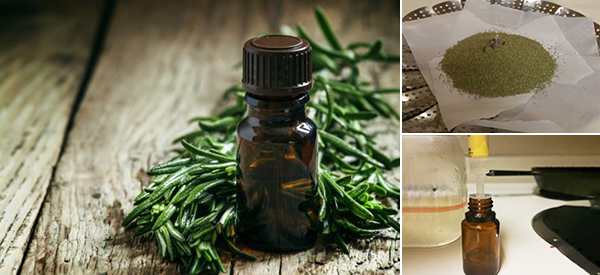
How To Make Tea Tree Oil To Treat Infections
For resolving numerous health issues, using natural remedies is by far better than resorting to OTC medications. This is where natural essential oils are very useful. Made from various plants, leaf and flower extracts, these oils contain proven antibacterial and antimicrobial properties which make them potent solutions to treat various types of ailments. Tea tree oil is one popular and powerful essential oil used worldwide to treat numerous health conditions in humans.
Basics of Tea Tree Oil
This essential oil is derived from “Melaleuca alternifolia,” or tea tree plant. It is natively grown in Australia but now the harvest has spread to other parts of the world as well. This natural substance contains as many as 48 natural compounds. It cannot be reproduced and using natural extract is the only way to procure it. Its healing and antibacterial properties make it a must-have for any household.
The Benefits of Tea Tree Oil Include:
- Good for battling skin infections- This oil can be used to battle a variety of skin disorders including acne and ringworm.
- Ideal to fight scalp and hair problems including dandruff and flaky scalp- Its proven anti-fungal and antibacterial property is effective in reducing dandruff and scalp flakes. Application of this oil with other natural oils can reduce scalp itching as well.
- Proven relief in insect bites- Its antibacterial property helps mitigate the sting and pain caused by poisonous insects.
- Good for treating throat problems- Mixing a few drops of this oil with warm water and honey is ideal to soothe a sore throat.
- Nice for keeping pests out of household- Using tea tree oil to keep households free of pests and insects is a nice idea. You can mix this oil in water and spray in the rooms to ensure various crawling and flying insects stay away from your household.
It treats:
- Acne
- Bacterial infections
- Chickenpox
- Cold sores
- Congestion and respiratory tract infections
- Earaches
- Fungal infections (especially Candida, jock itch, athlete’s foot and toenail fungus)
- Halitosis (bad breath)
- Head lice
- MRSA
- Psoriasis
- Dry cuticles
- Itchy insect bites, sores, and sunburns
- Boils from staph infections
Related: How to Make Anti-Inflammatory Band-Aid Using Plantain
Making Tea Tree Oil at Home
While you can find tea tree oil being sold in chemist shops and other stores by various brands, you can also make this essential oil at home. This way you can be assured of not getting any chemical or preservative substance in the solution. Besides, preparing tea tree oil at home is not very difficult as you may think. You don’t have to spend a whopping amount of money or spend a long time in preparing it either. There are basically two methods to make tea tree oil at home- regular pot boiling and using a crock pot.
Preparing tea tree oil through using boiling in regular pot
Step 1. Making tea tree oil at home is simple as can be. Begin with collecting tea tree leaves that will be used and clean well. This will eliminate the chance of dirt or dust getting mixed into the oil. Then, put the clean leaves in a regular pot (or place the leaves in a vegetable steamer) and pour some water to get them merged.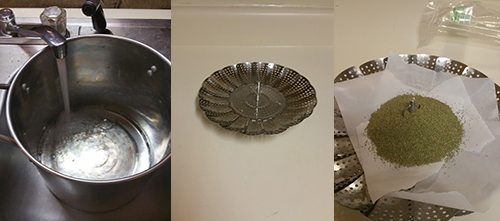
Step 2. After this, you need to put a mason jar or measuring cup in the middle of the tea tree leaves. Now, you need to keep the lid of the pot upside down on the pot. This will ensure the handle is down facing downwards and is placed over top of the measuring cup or mason jar.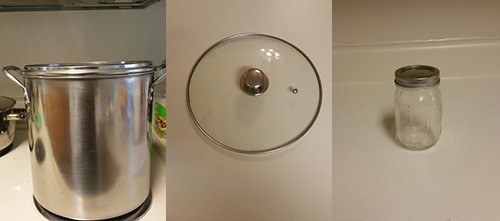
Step 3. Now, start boiling the water on full heat. Soon, the tea tree leaves will get steamed well. Soon after, the water will start evaporating and get condensed on the lid kept in upside down position. Thereafter, it will glide and drip into the measuring cup or mason jar slowly.
You can place a few ice cubes on top of the lip and this will actually speed up the process. You can put the burner off after the ice has melted completely on top of that lid. Then, you have to remove the lid using cloth or pot holders. Drain the melted water into the sink and put the lid there too.
Next, you need to remove the glass measuring cup or mason jar using pot holders from the pot.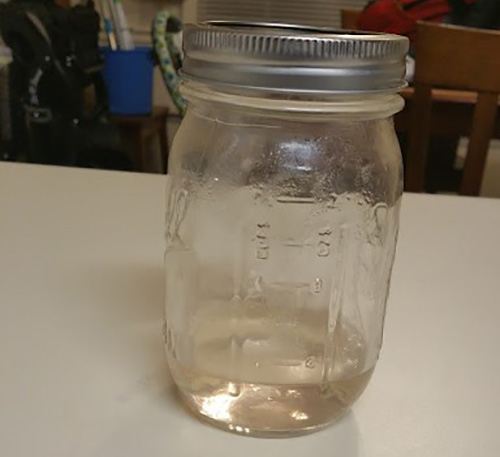
Step 4. To get the oil you have 2 options.
If you don’t have a separating funnel place the measuring cup or mason jar in the fridge for 24 hours after it has cooled. Once the liquids have cooled you should be able to see a layer of oil floating on top of the liquid.
If you have a separating funnel pour the liquid collected in the measuring cup or mason jar into the funnel after ensuring the stopcock at the funnel’s bottom is closed. Now, close the funnel’s top well and shake for a few seconds well. Then, turn the funnel upside down and open top. This will release any built-up pressure. After this, you will be able to see a layer of oil floating on top of the liquid. Now, keep a glass vial beneath the funnel and release the water by pressing the stopcock. Make sure that you keep the oil in a different vial.
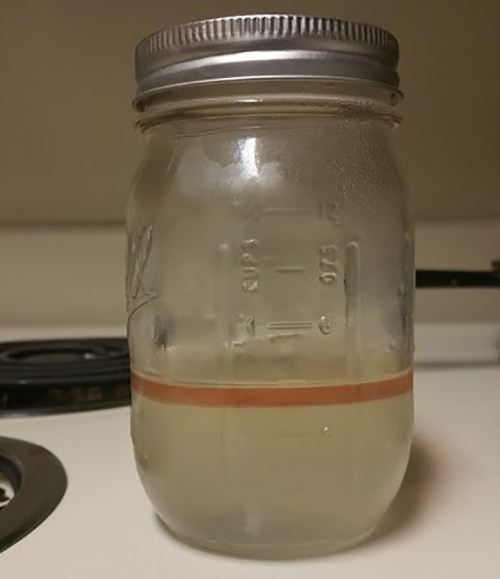
Step 5. After the water and oil have separated you need a syringe to extract the oil from the cup or jar. After extraction place the oil in a separate container or storage.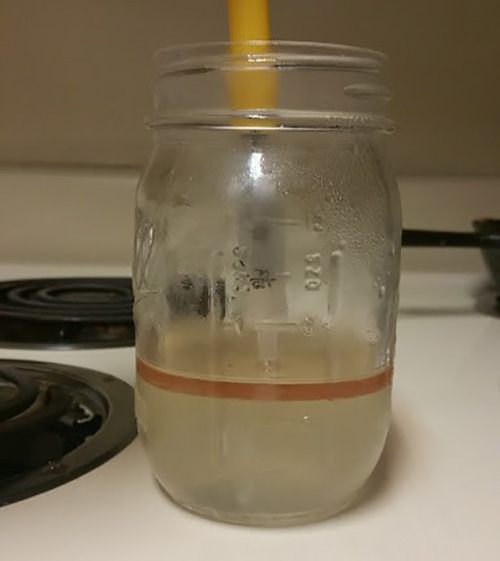 These steps can be repeated to obtain tea tree oil later as well. After you collect the oil, store it in an airtight jar. That way it can be stored and used for a long time. Ensure you store it in a dry and cool area, away from direct sunlight.
These steps can be repeated to obtain tea tree oil later as well. After you collect the oil, store it in an airtight jar. That way it can be stored and used for a long time. Ensure you store it in a dry and cool area, away from direct sunlight.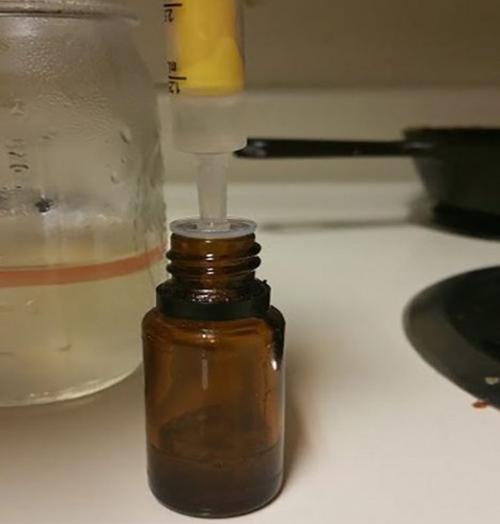
Preparing tea tree oil through crockpot
You can also prepare tea tree essential oil using a crockpot at home. Use the below listed steps for this.
You will need to take required amounts of chopped tea tree leaves and wash them well. Place the washed leaves in a crock pot next.
Fill the pot with water to make the leaves merged. Put the lid on the pot and ensure it is upside down. This will ensure the evaporating water will drip back eventually in the pot. The inverted lid should be above the water level.
Cook the leaves on high flame and once water boils start simmering. Do this for a few hours and then let the crock pot cool.
Then, you need to put the cooled crockpot in the fridge and let the essential oil accumulate on water surface. Scoop off the surface oil with care and store it in a clean and dry glass jar.
Store the oil in a cool and dry location.
Preparing tea tree oil at home is not tedious as such. You have to practice cautions while preparing and handling it though. Make sure raw tea tree oil does not get in touch with your skin or else it could lead to burning feeling. It should be handled with care.
You may also like:
 Why Put Onions in Your Socks Before Sleeping
Why Put Onions in Your Socks Before Sleeping
A Natural DIY Antibiotic Salve Recipe to Keep Around (Video)
Best Natural First Aid: Stops Bleeding In 10 Seconds!






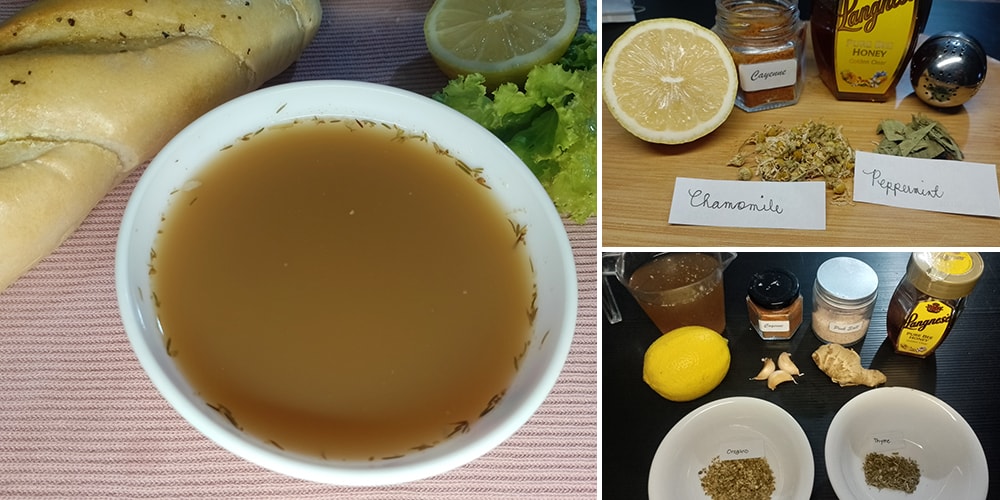
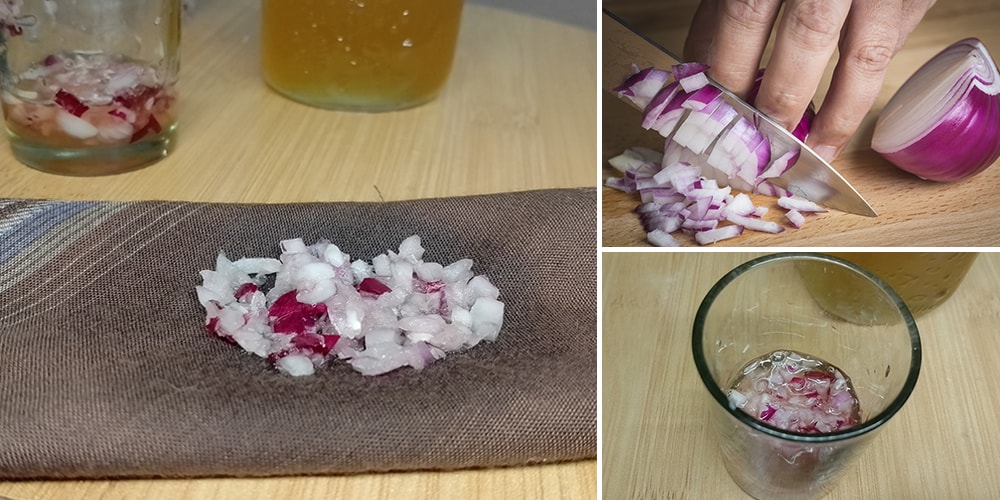
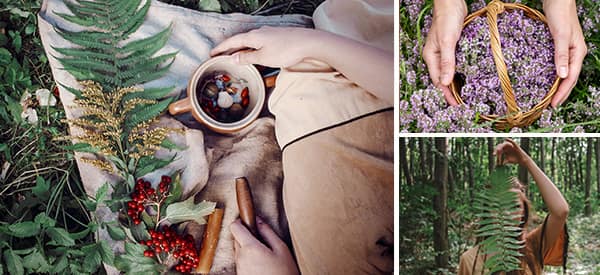
Am I correct in thinking that tea tree oil can be dangerous to dogs and cats? If so, this should be in very bold letters as a warning, especially as there is information here about using it to combat pests.
Yes. See the following from pet poison helpline: https://www.petpoisonhelpline.com/poison/tea-tree-oil/
Yes, it is dangerous to cats and dogs!
When my pup was little (inside dog) he’d try to teeth on one area of carpet and corner of sofa. I took cotton ball with tea tree oil on it and well dabbed it on those areas. He never even got close to them again, smelling it at a distance. It leaves no mark or discolouration on what I put it on and my sofa was light spring green!
I am so confused. Firstly the directions are not clear. You put a lid on top of the leaves AND an upside down lid on the pot? Where is the jar placed? Isn’t tea tree grown in Australia? If you have to purchase the tea tree leaves, isn’t it just as easy and economical to just buy tea tree essential oil?
Hiya I have teatree all round me on 55acres here in Tasmania so I am all for trying this! The directions are unclear to me aswell. do you have a video to help with the lid and funnel confusion I have? I love love your work
Thanks
s
Hi Selki,
Thank you for your comment. We don’t have a video on this but if you don’t have a separating funnel place the measuring cup or mason jar in the fridge for 24 hours after it has cooled. Once the liquids have cooled you should be able to see a layer of oil floating on top of the liquid.
Thank you so much for your kind words.
I really appreciate it.
God bless!
The purpose of putting the lid upside down is so the evaporated water/tea tree mixture will drip into the jar / cup placed in the middle of the leaves. By doing this method the steam rises and drips into the cup from the k on on the lid. Hope that helps :).
I have to admit, I have the same feeling about your explanation (very unclear) and where to get the leaves.
Me too. The photos do not show all the steps.Some key nes seem missing.
Hi Sarah,
Thank you so much for your comment.
There was an error in the article. The writer said lid instead of mason jar/measuring cup. We have fixed the mistake. We are very sorry for this. The mistake was in step 2.
Here is a website where you can purchase the tea tree leaves: https://plantextractsinc.com/tea_tree_leaf.php
Again, I am very sorry for this. I promise I will be more careful next time.
God bless!
Hi Anna,
Thank you so much for bringing this to my attention.
You are absolutely right. There was an error in the article. The writer said lid instead of mason jar/measuring cup. We have fixed the mistake. We are very sorry for this. The mistake was in step 2.
Here is the correct step: After this, you need to put a mason jar or measuring cup in the middle of the tea tree leaves. Now, you need to keep the lid of the pot upside down on the pot. This will ensure the handle is down facing downwards and is placed over top of the measuring cup or mason jar.
Again, I am very sorry for this. I promise I will be more careful next time.
Considered easy to grow outdoors in U.S. Department of Agriculture plant hardiness zones 9 through 11, this tropical plant can be grown indoors as well with a bit of extra effort.
Here is a link if you are interested in growing it:
https://homeguides.sfgate.com/grow-melaleuca-alternifolia-indoors-73889.html
God bless!
I wondered the same.
The directions are confusing, it is not clear where jar and leaves go in regards to the setup . I do not understand what kind of funnel are you using ? Also where are you getting fresh Tea Tree Leaves? I agree with Anna, Isn’t it better to just buy tea tree oil? If things were in a dire state, I would not be able to get fresh leaves any better than the essential oil. If I could grow it in Ga. that might make a difference.
Following this thread. I am a bit confused as well with all that you mentioned.
Hi An,
Thank you so much for bringing this to my attention.
You are absolutely right. There was an error in the article. The writer said lid instead of mason jar/measuring cup. We have fixed the mistake. We are very sorry for this. The mistake was in step 2.
If you don’t have a separating funnel place the measuring cup or mason jar in the fridge for 24 hours after it has cooled. Once the liquids have cooled you should be able to see a layer of oil floating on top of the liquid.
Here is a website where you can purchase the tea tree leaves: https://plantextractsinc.com/tea_tree_leaf.php
I prefer doing my own tea tree oil, it works better and I know 100% sure what is in it.
God bless!
Can Tea Tree oil be used to get rid of gophers? I’m not one to kill a living creature, much less a spider, but these pesky little critters are destroying my garden.
Hi Deborah,
Thank you so much for your comment.
Tea Tree Oil is not effective against gopfers but here is a link about this: https://www.homedepot.com/c/ab/how-to-get-rid-of-moles-and-gophers/9ba683603be9fa5395fab901fca3cad4
Hopefully you can find something useful.
God bless!
I would also like to add that I’m not sure in the US but here… in Aust, you can find teatree if you go for a good forage in the right places but you have to get out of the cities n burbs. DIY is always better as with all we consume, you never know what’s in that bottle reeeally 🙂 it may help for people to have a look online to search for teatree by location as I think most states have people recording what plants grow where..
I’m finding Nicole more helpful than most foraging herbalist sites .. this posts directions do seem a little challenging tho .
Where in Canada or North America can we find tea tree leaves. Do you have seeds so we can grow the here. I live in Ontario. Do you have a video we can watch?
Kalpana – I too live in Ontario and am looking to find a place to source a tea tree or seeds
Hi Kalpana and Shani,
Thank you for your comments.
Here is a website where you can purchase the tea tree leaves: https://plantextractsinc.com/tea_tree_leaf.php.
Considered easy to grow outdoors in U.S. Department of Agriculture plant hardiness zones 9 through 11, this tropical plant can be grown indoors as well with a bit of extra effort.
Here is a link if you are interested in growing it:
https://homeguides.sfgate.com/grow-melaleuca-alternifolia-indoors-73889.html
God bless!
Hi Selki,
Thank you so much for your thoughtful comment. I agree, making your own oils, poultives, salves is so much better.
God bless!
I get the whole process of making the oil, but I’m confused about how to use it. I’ve used tea tree oil to kill warts on my hands that I had for a while, it worked within a week, but at the end of this you mentioned not to get it on your skin or you’ll get a burning feeling, could you explain this?
Hi Joshua,
Thank you for your comment.
Some people may develop an allergic reaction to tea tree oil. This is called allergic contact dermatitis and can cause a skin rash that may be red, swollen, and itchy.
That’s why it is recommended to dilute it with a carrier oil (olive oil, coconut oil).
God bless!
I started using a tea tree oil mixture of 3 drops of tea tree oil with 2 oz witch hazel for a skin rash. It seems to be working. Is this dangerous?
I started using a tea tree oil mixture of 3 drops of tea tree oil with 2 oz witch hazel for a skin rash on my dog. It seems to be working. Is this dangerous?
I was under the impression that tee tree oil is poisonous if ingested? In one of the remedies above it states to mis a couple of drops tee tree, hot water & honey for sore throat?
This is basically how u makes hydrosol. Very interesting. Thank u
I’ve read most of the comments and your replies, but it still doesn’t read clearly to me. Part of my trying to understand where you are going is putting the pictures with the text. The pictures don’t seem to match the text. For instance, it looks to me like you have ground up the tea tree leaves. Are the leaves dissolved in water first? Boiled in the water? How does the tea tree become an oil from a powder? In the picture of the powdered tea tree, do you have it in a filter (like a coffee filter) and in a strainer? Is that then put into a pot with water and steamed? Guess the amount of water used doesn’t matter because the oil will float? I’m reading these comments and your comments after you corrected the mistakes, and still have these questions. Do you have any video that clearly shows the “process”, regardless of the product?
[…] How To Make Tea Tree Oil To Treat Infections […]
[…] How To Make Tea Tree Oil To Treat Infections […]
Tea Tree oil and Eucalyptus oil are amazing topically, however are poison if ingested. Use sparingly on the skin, it’s very powerful. In most oral home made medicines, I would use ONE drop of either per cup.
If you put either in your ears, ONE drop per ear.
Both make amazing cleaning products as well.